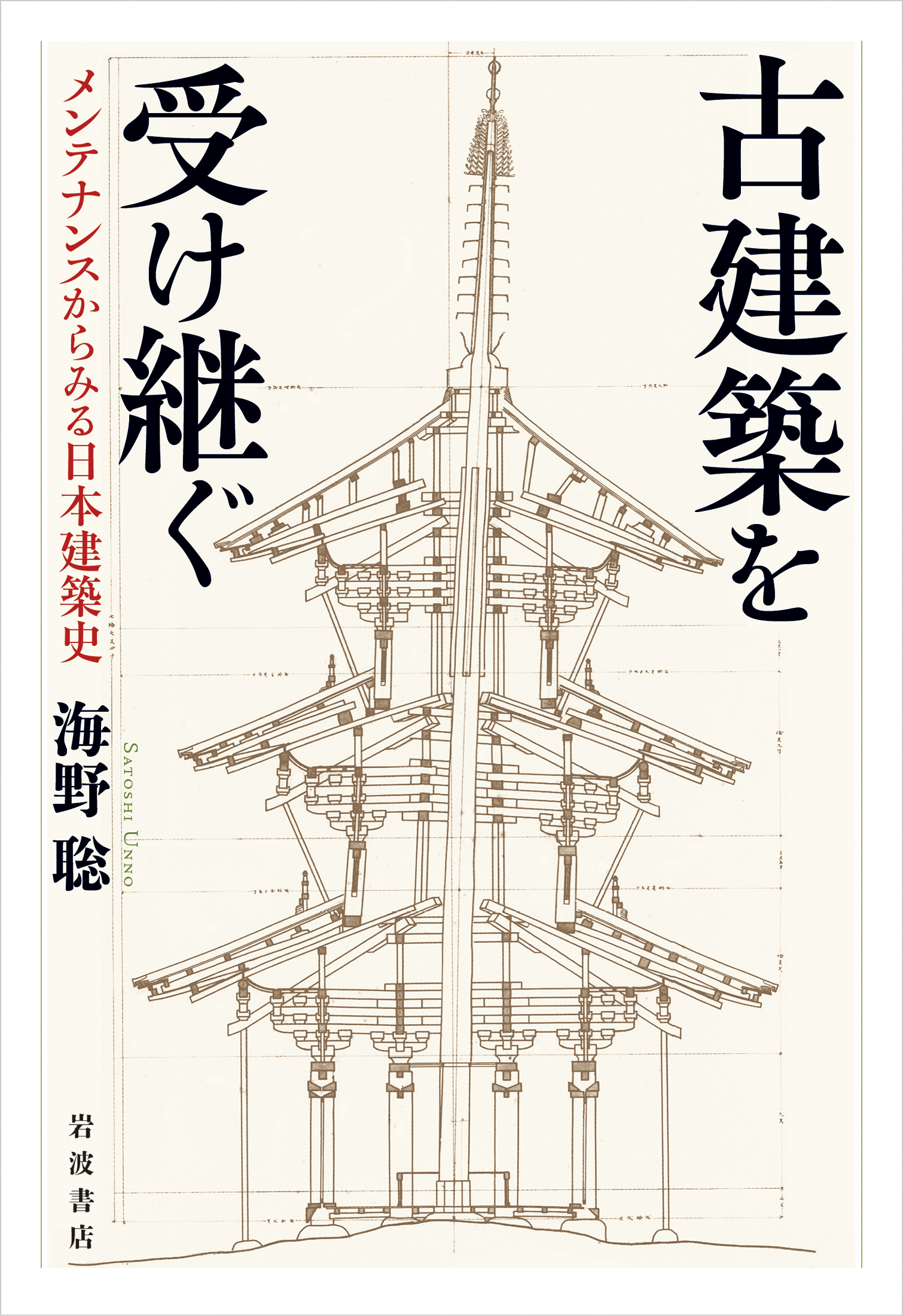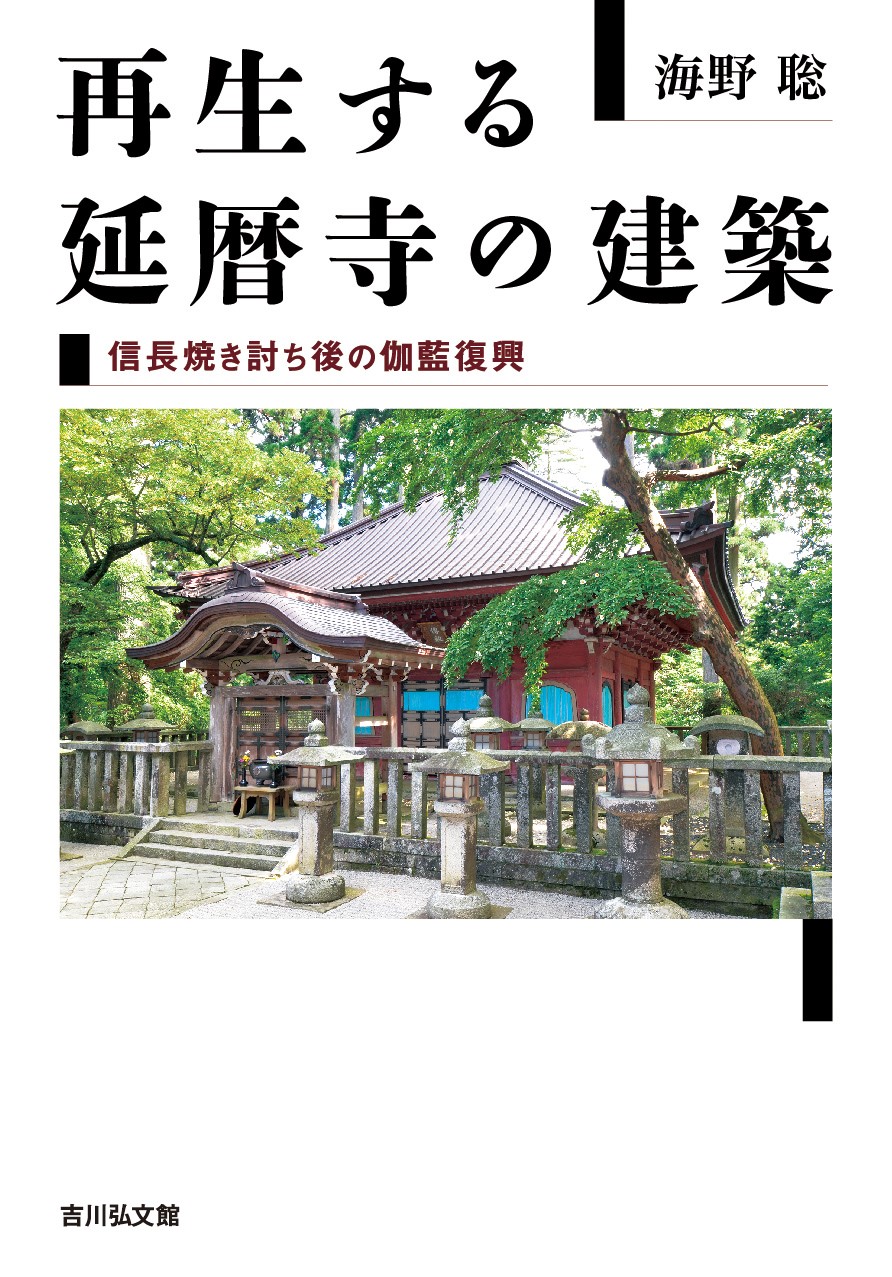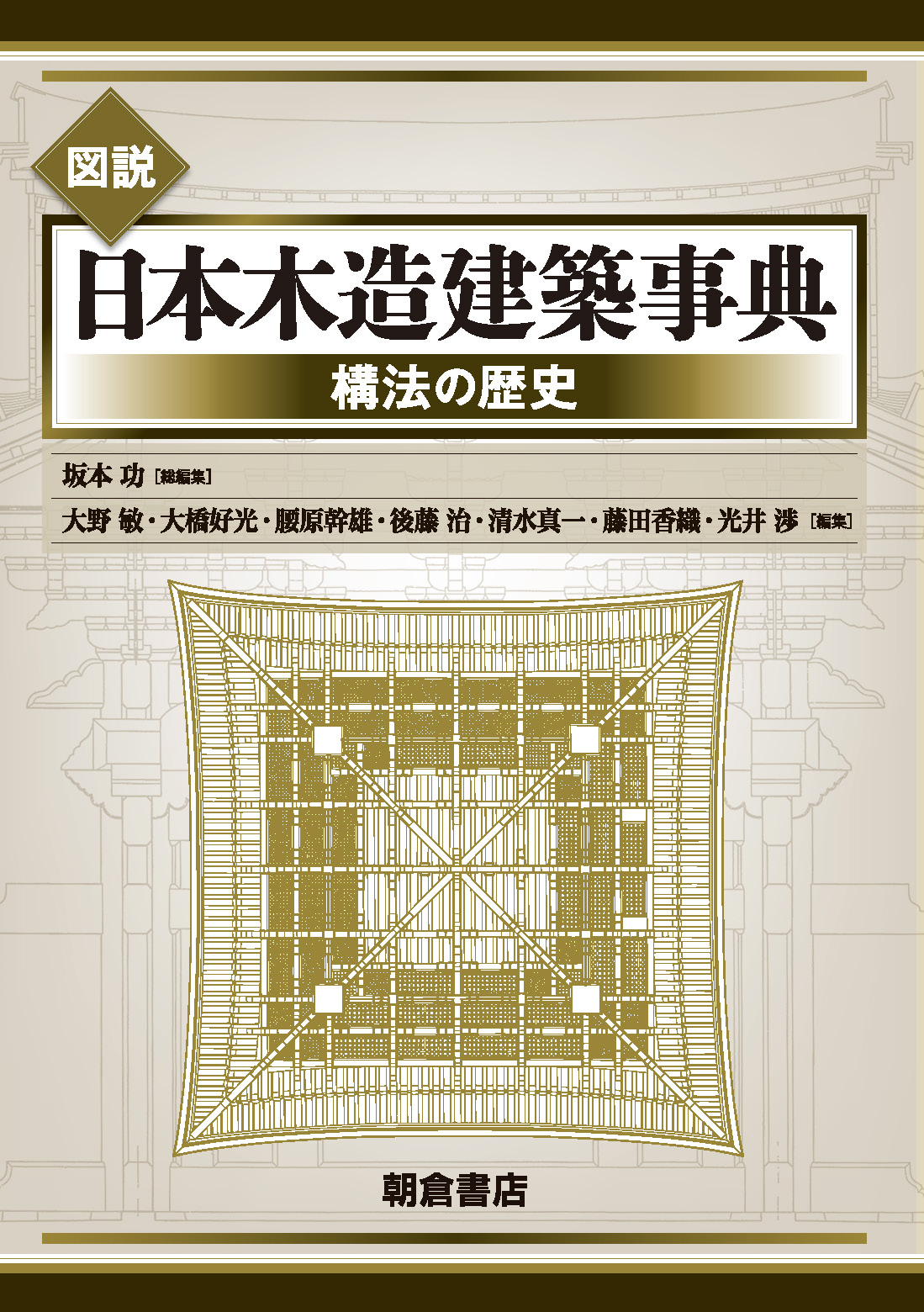
Title
Historical Culture Library 444 Kokenchiku wo fukugen suru (Reconstructing Ancient Constructions - A Bridge between the Past and the Present)
Size
272 pages, 127x188mm
Language
Japanese
Released
February 20, 2017
ISBN
9784642058445
Published by
Yoshikawa Kobunkan
Book Info
See Book Availability at Library
Japanese Page
Late in the night of October 31, 2019, Shuri Castle burned down. The emotional pain that this news inspired among people in Okinawa—as well as people throughout Japan—is still fresh in their memories. Subsequently, more than a few people learned through reports related to the fire that the Seiden (Main Hall) of Shuri Castle was a “reconstructed building.” Shuri Castle’s Seiden was destroyed during World War II and reconstructed in 1992. People have many opportunities to see “reconstructed buildings” at ruins (e.g., Shuri Castle), but few have any background regarding how these reconstructed buildings were constructed.
Such reconstructed buildings also carry the risk of visitors falling into the illusion that they are the very buildings from the past. People must not forget that reconstructed buildings are modern constructions and are not 100% accurate in representation. Even among the same ruins, different reconstruction designers may produce completely different forms. Avoiding this blind belief requires literacy on the part of the viewers, and the best method for becoming literate is to learn about the process of reconstruction.
In the case of Shuri Castle, there were results of surveys conducted before World War II that gave much of the information necessary for reconstruction, but this was not the case for pit dwellings and raised granaries from the Jōmon period, for instance. Japan has no surviving ancient palace structures, though the First Daigokuden and Suzakumon Gate at Heijō Palace have been reconstructed. Excavations reveal only limited information, such as the holes where columns once stood and the foundation stones placed under the columns. They are starting points for reconstructed buildings, but they cannot readily be linked to these buildings. Even experts in archaeology and architectural history would have difficulty understanding if they did not know about both.
In this book, the process regarding thinking about the form of former buildings is discussed based on the results from excavations like these. As this requires basic knowledge about excavations and wooden construction, these are presented in the first half of the book. Subsequently, the book describes the academic process leading to reconstruction through actual examples of the reconstruction of pit dwellings, temple construction, and palaces. Understanding the process of reconstruction is the true joy of looking at the hidden side of reconstructed buildings, as well as a serious way of looking at ruins. This is not limited to Japan; residences have been reconstructed through experimental archaeology in the United Kingdom as well, while China and South Korea are progressing with the reconstruction of palaces and temples, thus meeting the common challenge of reconstructing buildings amid ruins.
A range of reconstructed forms may be deduced from the given “preconditions,” such as the results of excavations, but taking an academic view of the consideration process is expanding the new discipline of “Reconstructionology” Those who are interested in Reconstructionology are encouraged to pick up a copy of Bunka isan to “fukugengaku” (Cultural Heritage and “Reconstructionology” UNNO Satoshi (ed.), Yoshikawa Kōbunkan, 2019).
(Written by UNNO Satoshi, Associate Professor, School of Engineering / 2020)
Related Info
The 5th Ancient History and Culture Award (Nov. 2017)
http://kodaibunkasho.jp/5th_award/5-03.html



 Find a book
Find a book


 eBook
eBook



